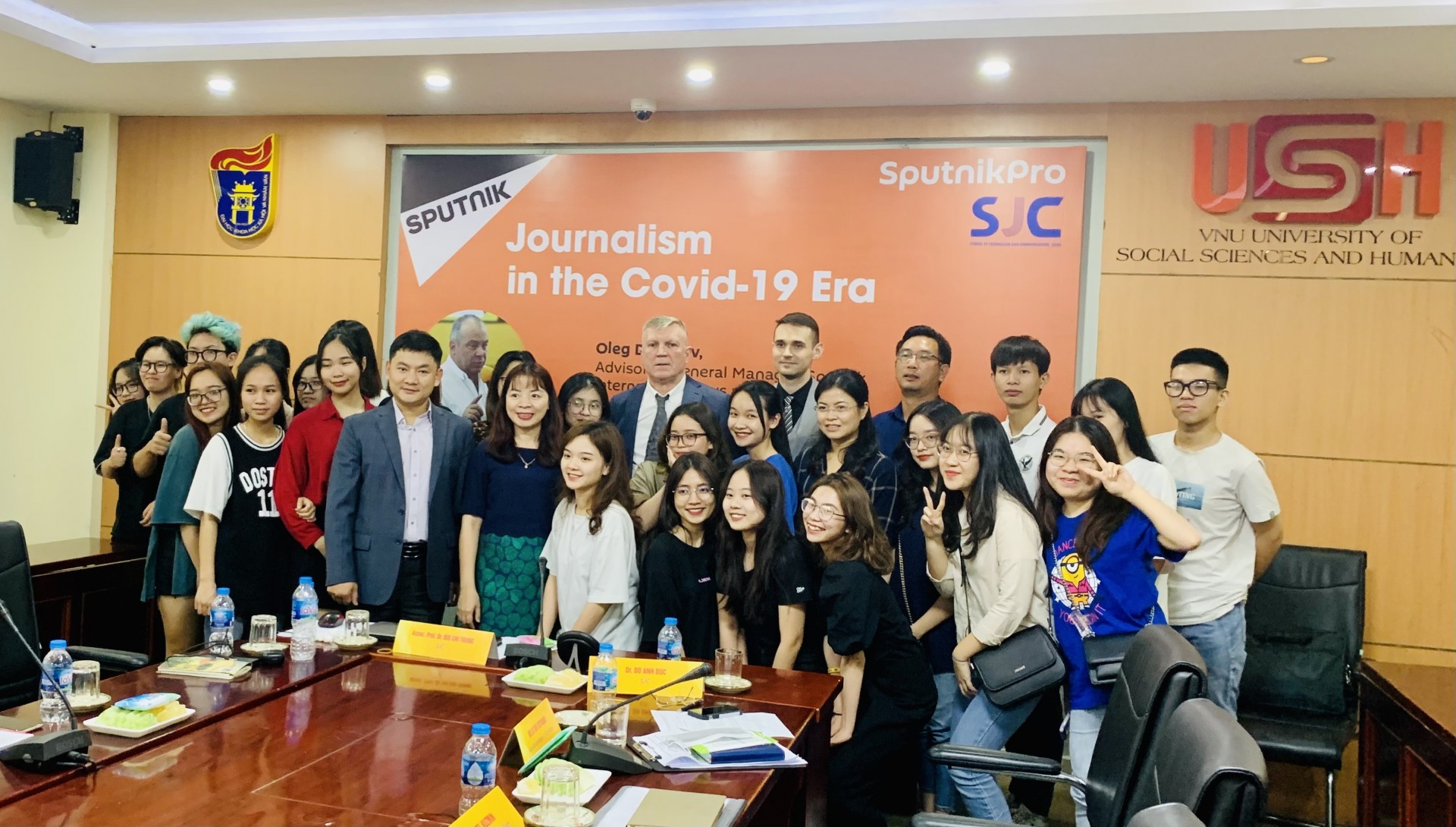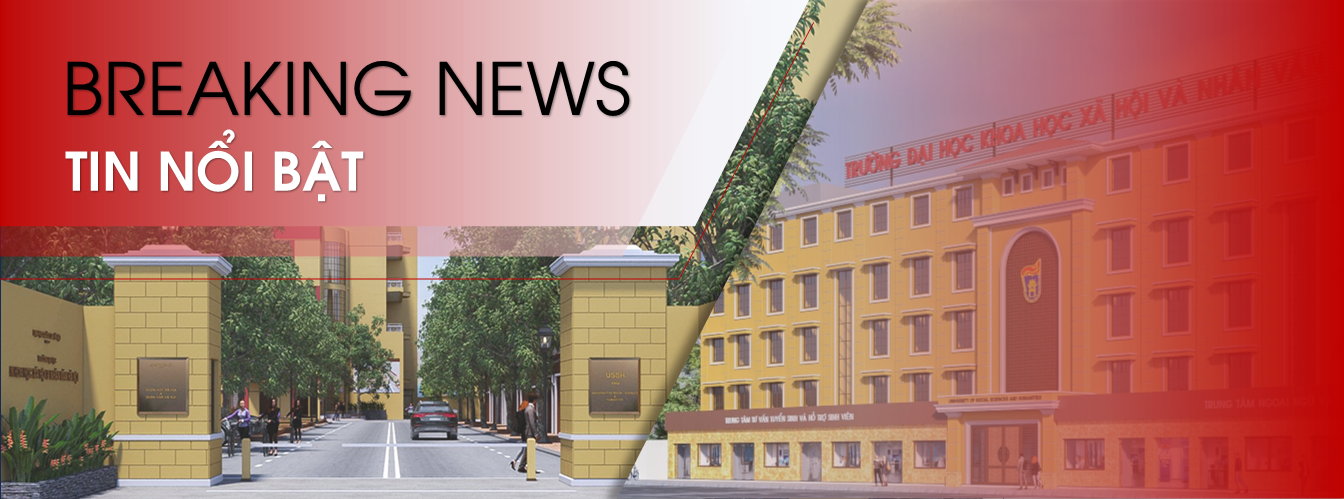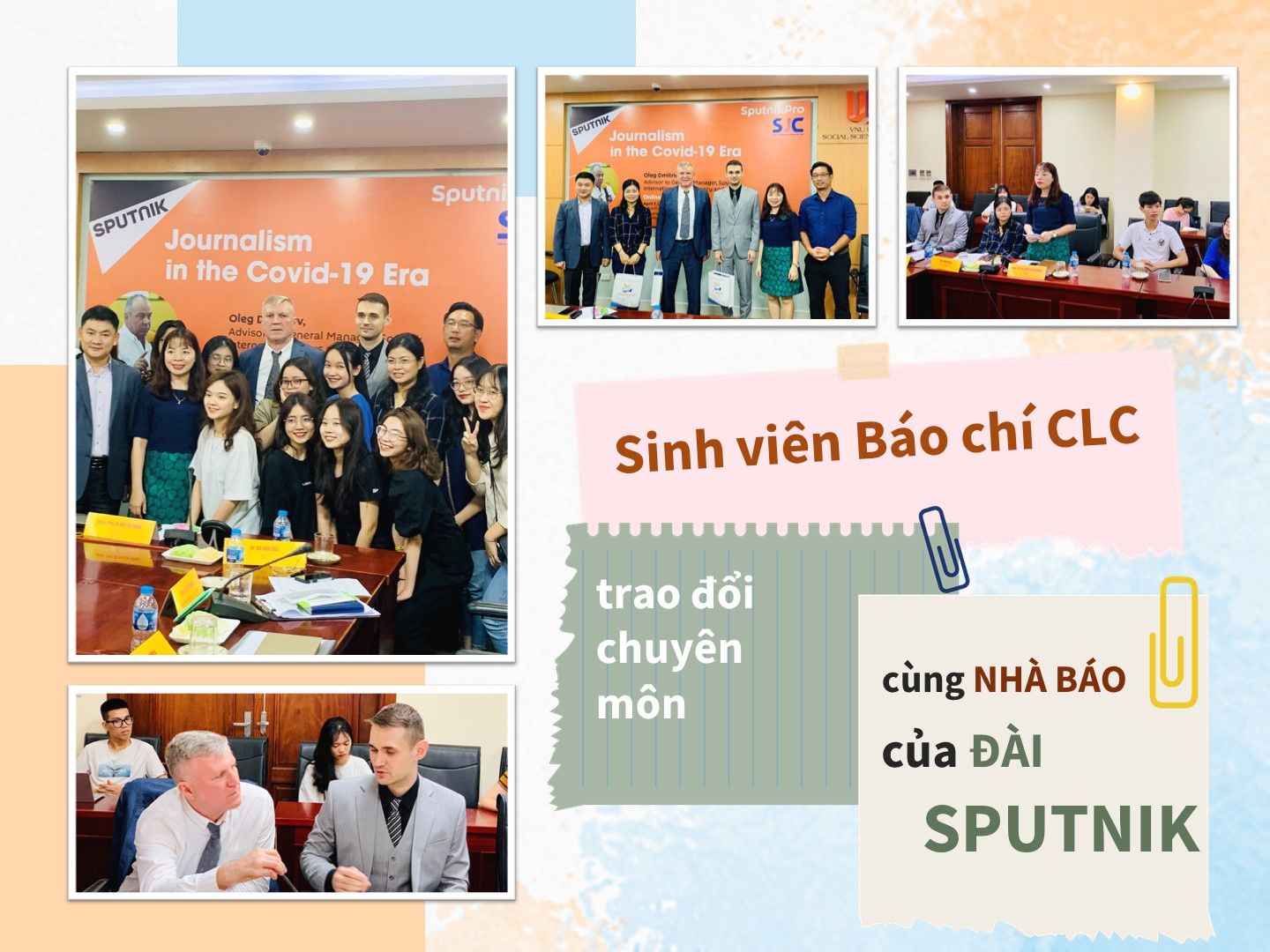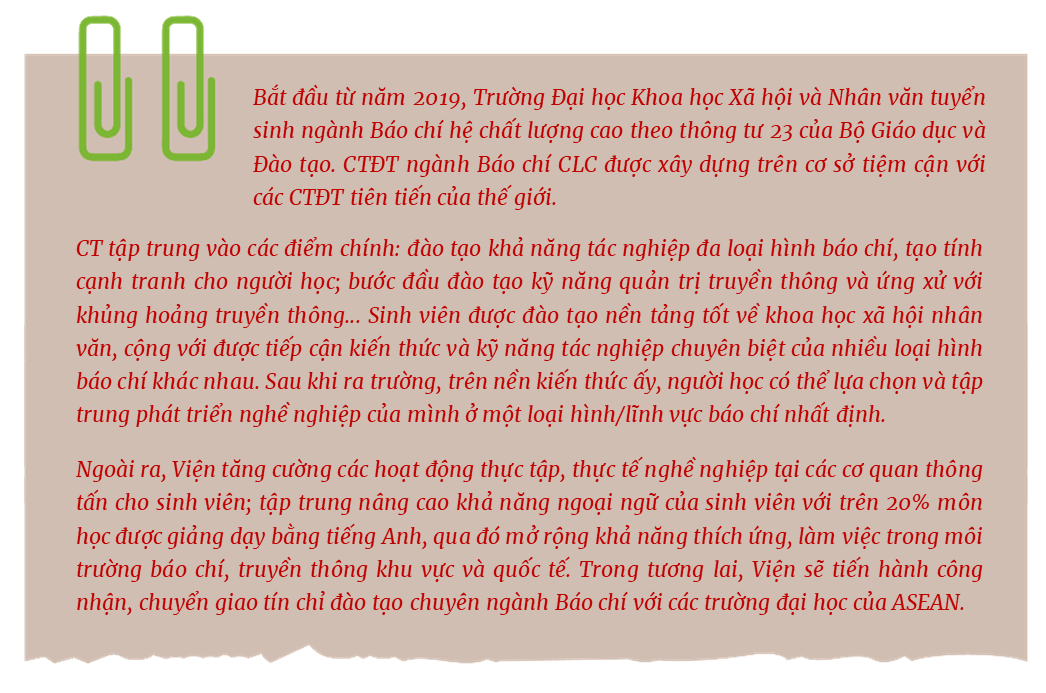As part of extracurricular training activities, high-quality journalism students from the Institute of Journalism and Communication Training participated in an online lecture and professional exchange with foreign journalists from Sputnik International Radio (Russia). The discussion focused on a very topical issue in journalism today: "Working in the context of the Covid-19 pandemic: topics, errors, fake news, and verification."
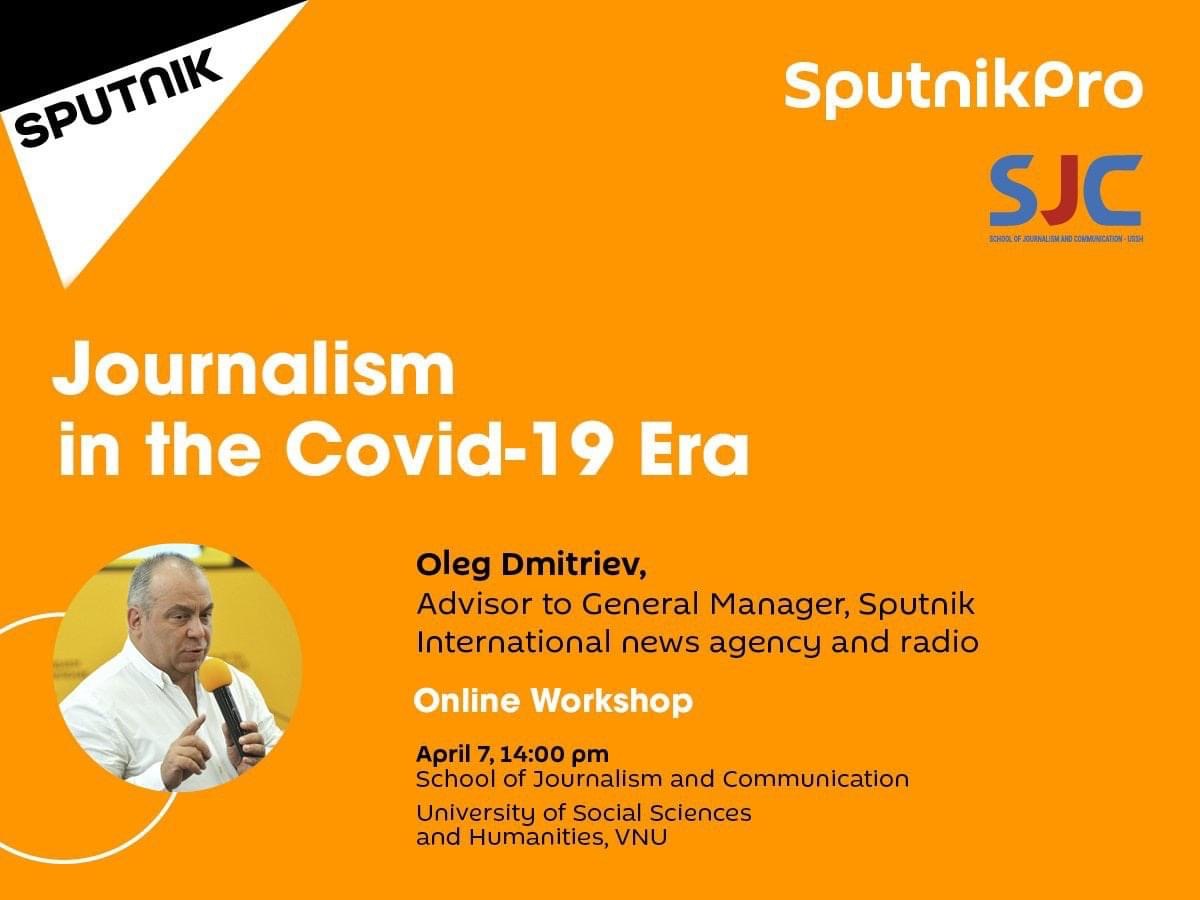
Journalist Oleg Dmitriev worked for numerous media outlets in the United States and was a correspondent for CNN's World Report (1992-2001). He was the head of journalist training at RT, the editor-in-chief of the news service, and later the global broadcast director of Voice of Russia in English (now Sputnik). He is the author of numerous research papers and monographs on new media.
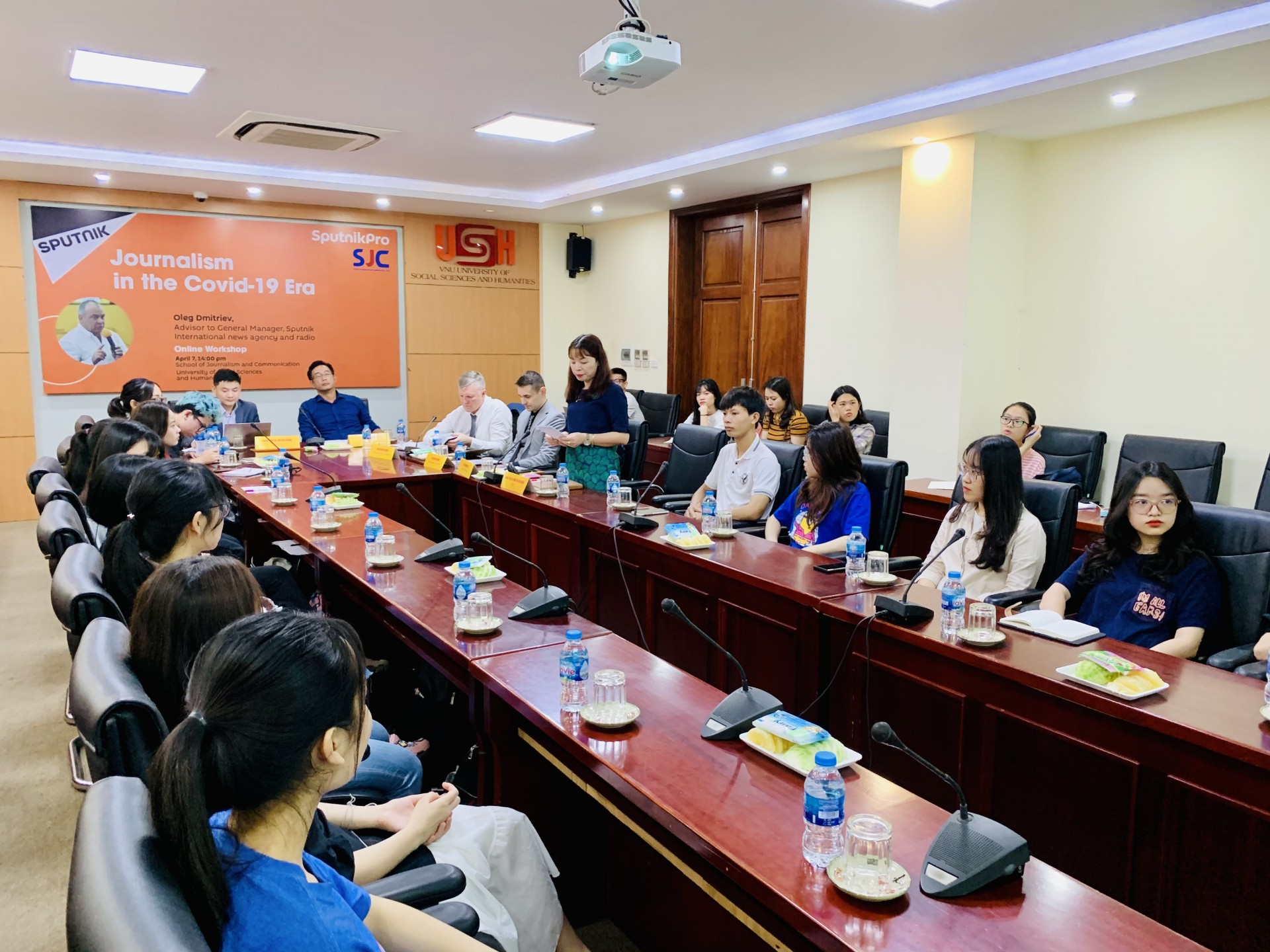
The veteran journalist shared many professional stories with the Institute's students related to the operational skills of reporters during the Covid-19 pandemic. He acknowledged that the Covid-19 outbreak worldwide not only became a hot topic forcing reporters and news agencies to closely monitor information about it daily and hourly, but also created opportunities for the media, motivating news organizations to change and innovate their journalistic and communication methods.
As an international broadcaster providing news in multiple languages, with a significant Southeast Asian audience, Sputnik's reporters pursue objectivity and honesty, reflecting news from diverse perspectives and viewpoints.
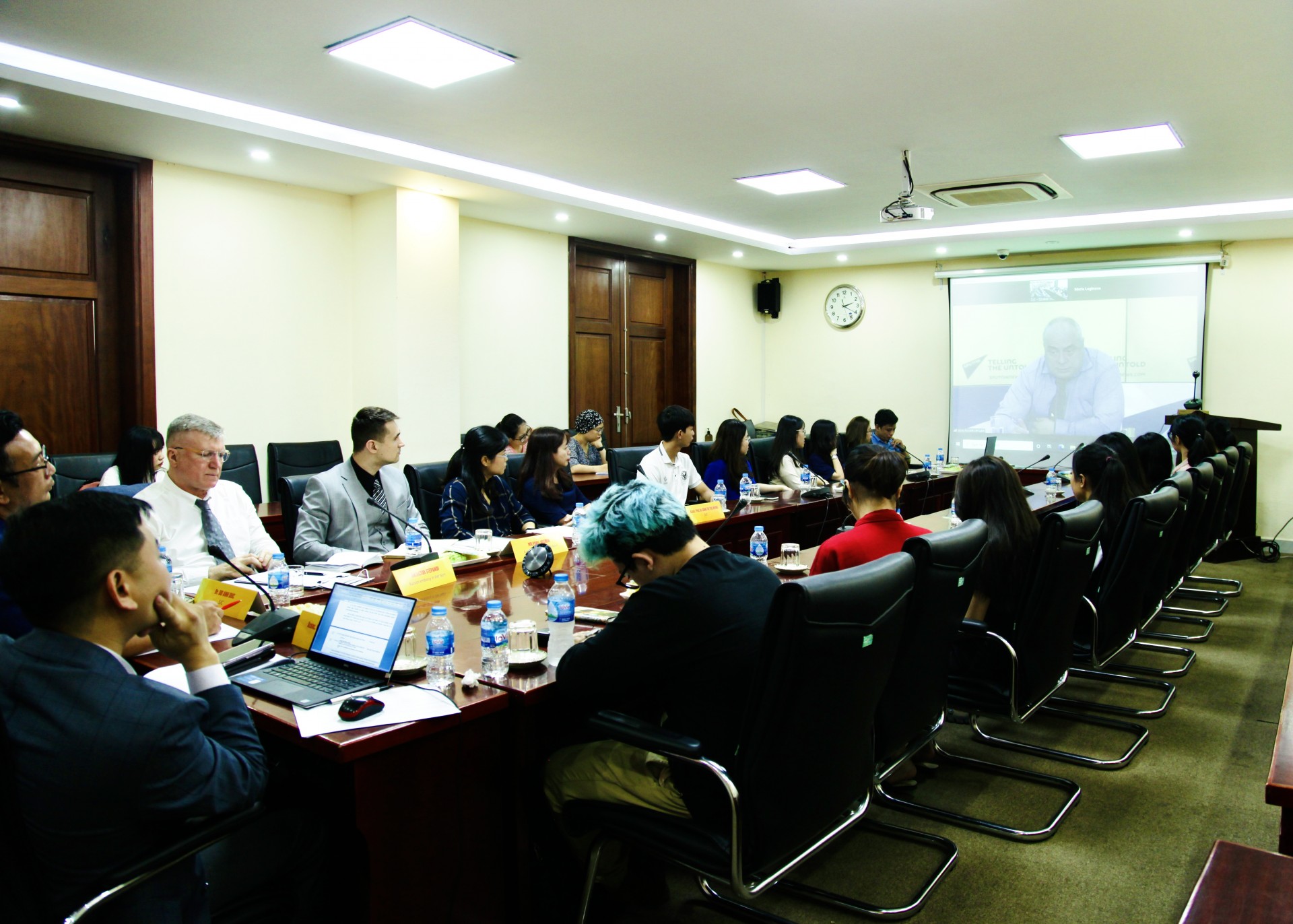
He shared his experience in reporting on the pandemic, emphasizing the need to pay special attention to statistics because the public is interested in the speed of spread and the scale of the pandemic; and then reflecting the picture of the government and people's pandemic response through stories about individuals and organizations... But when reporting, journalists need to be extremely careful to find official, reputable, and highly accurate sources of information, which could be reputable health organizations and agencies, medical facilities, information from doctors, and people with expertise in the disease.
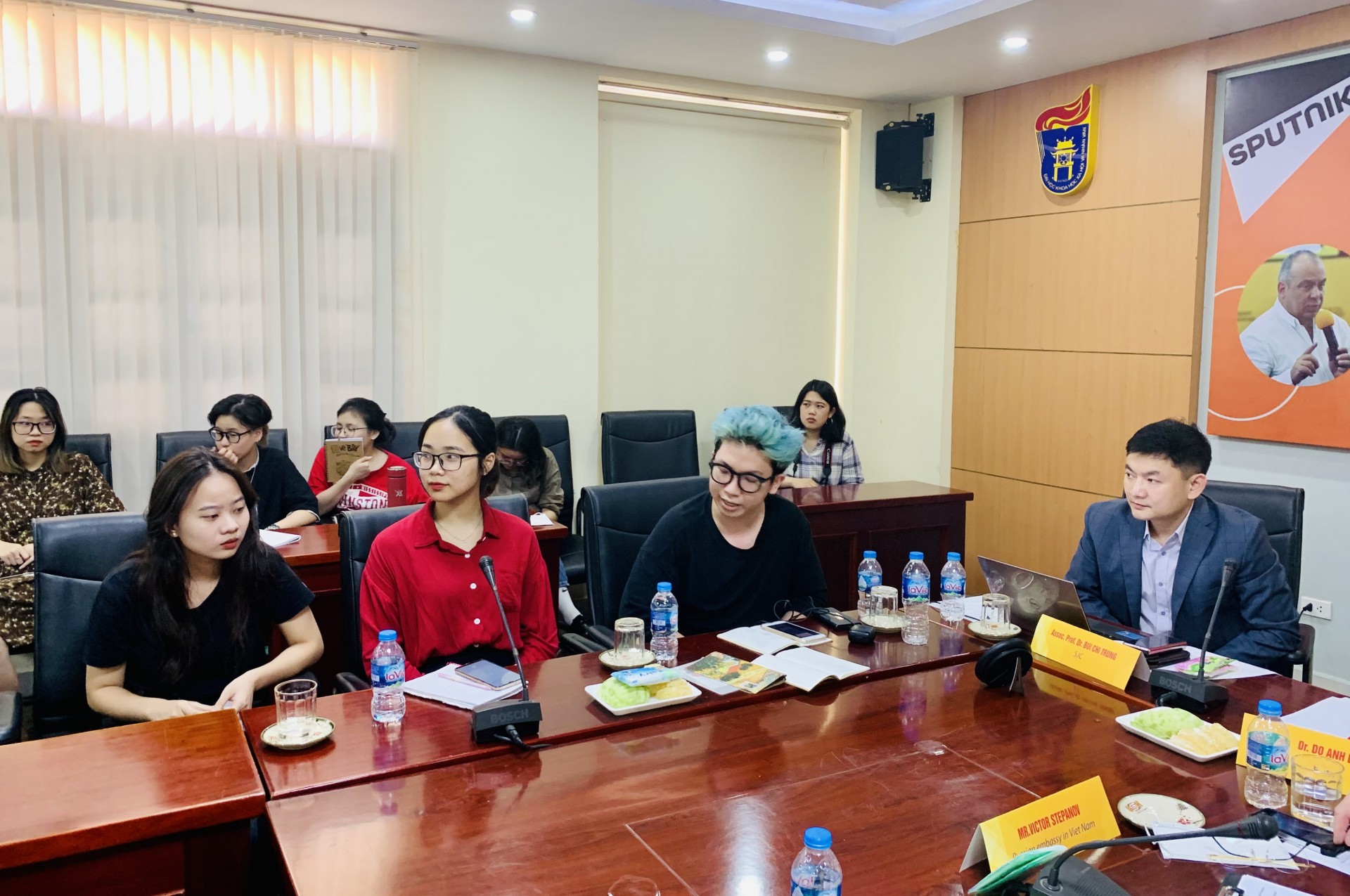
Journalists covering the Covid-19 pandemic faced numerous challenges, primarily in the early stages when symptoms and information about the disease were not clearly defined, leading to confusion and difficulties in verifying accurate information. Furthermore, the prevalence of fake news related to Covid-19 included issues concerning the origin of the disease, unverified prevention and treatment methods, the concealment of information, and the dissemination of inaccurate figures that caused panic. The distribution of Covid-19 vaccines also carried politically sensitive elements, requiring journalists to have a thorough understanding of the overall context when reporting. Not to mention, reporting on Covid-19 also presented difficulties for journalists in understanding specialized terminology related to the disease and explaining in-depth information about the mechanisms of transmission, the entry, and spread of the virus in an easily understandable way for the public. Furthermore, news organizations have supported reporters by creating a system of specialized terminology related to Covid-19 for journalists to refer to and use when working on assignments.
>>Study Journalism at CLC: Be dynamic and creative in the modern media environment.
>>Journalism: Shaping the flow of information in society

The flow of information about Covid-19 is constantly changing, requiring journalists to remain perceptive and enrich their knowledge to seek out up-to-date content, from reporting on the number of infections to information on prevention methods, medications, vaccines, and treatment procedures.
Regarding the presentation of news articles, journalist Oleg believes that with the increasing application of information technology in journalism and the changing viewing habits of audiences, journalists today not only use text but also particularly favor multimedia products, including graphics, charts, images, hyperlinks, and infographics, to convey their articles. As a result, articles become highly interactive, offer multi-directional access to information, are both comprehensive and specific, and are visually appealing and engaging to readers.
Journalist Oleg also emphasized a journalistic principle: tell the story as simply as possible, avoiding overly complex terminology and confusing data that doesn't serve the main message of the article. Sputnik always shares its news-writing formula with its reporters: understand the context + verify information and sources + write simply + diverse information.
Listening to a renowned Sputnik journalist speak online for over an hour in English posed no difficulty for the high-quality journalism students. With confidence, flexible interaction skills, and good English proficiency, the journalism students directly asked the speaker questions about issues such as: The sudden outbreak of the Covid-19 pandemic left journalists lacking knowledge and practical experience; what advice do they need? What policies ensure the safety of journalists reporting on Covid-19? What have Russian news agencies done to cooperate with the government and society in preventing the spread of the disease?...
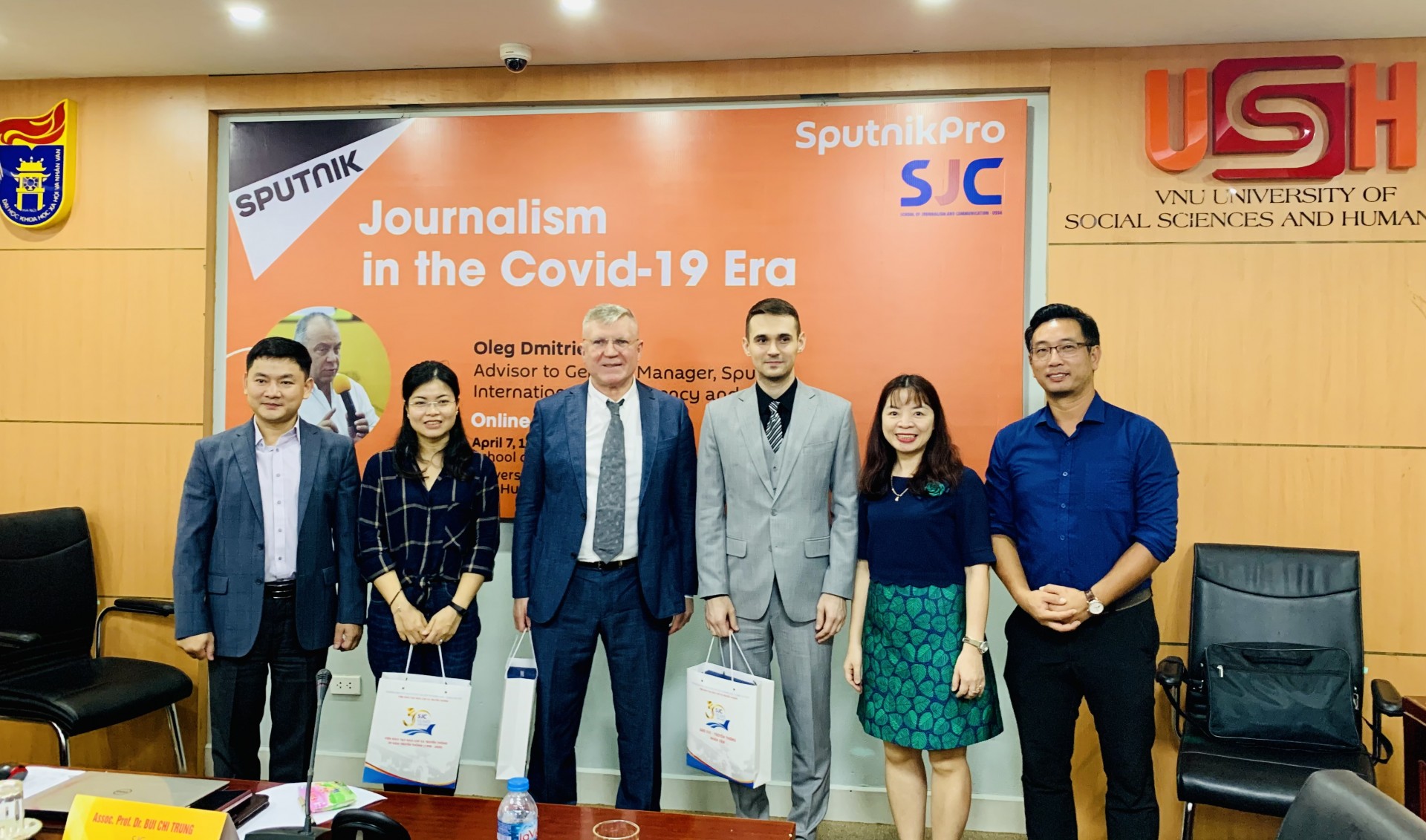
The exchange of journalistic experience with Sputnik is one of the activities within the internationalization policy of high-quality journalism training at the Institute of Journalism and Communication, Faculty of Social Sciences and Humanities, Vietnam National University, Hanoi. Students will gain access to the journalistic experience of advanced media systems, have the opportunity to learn about and become familiar with modern journalistic thinking and methods from the region and the world, and equip themselves with the knowledge to become global journalists in a convergent multimedia environment.
